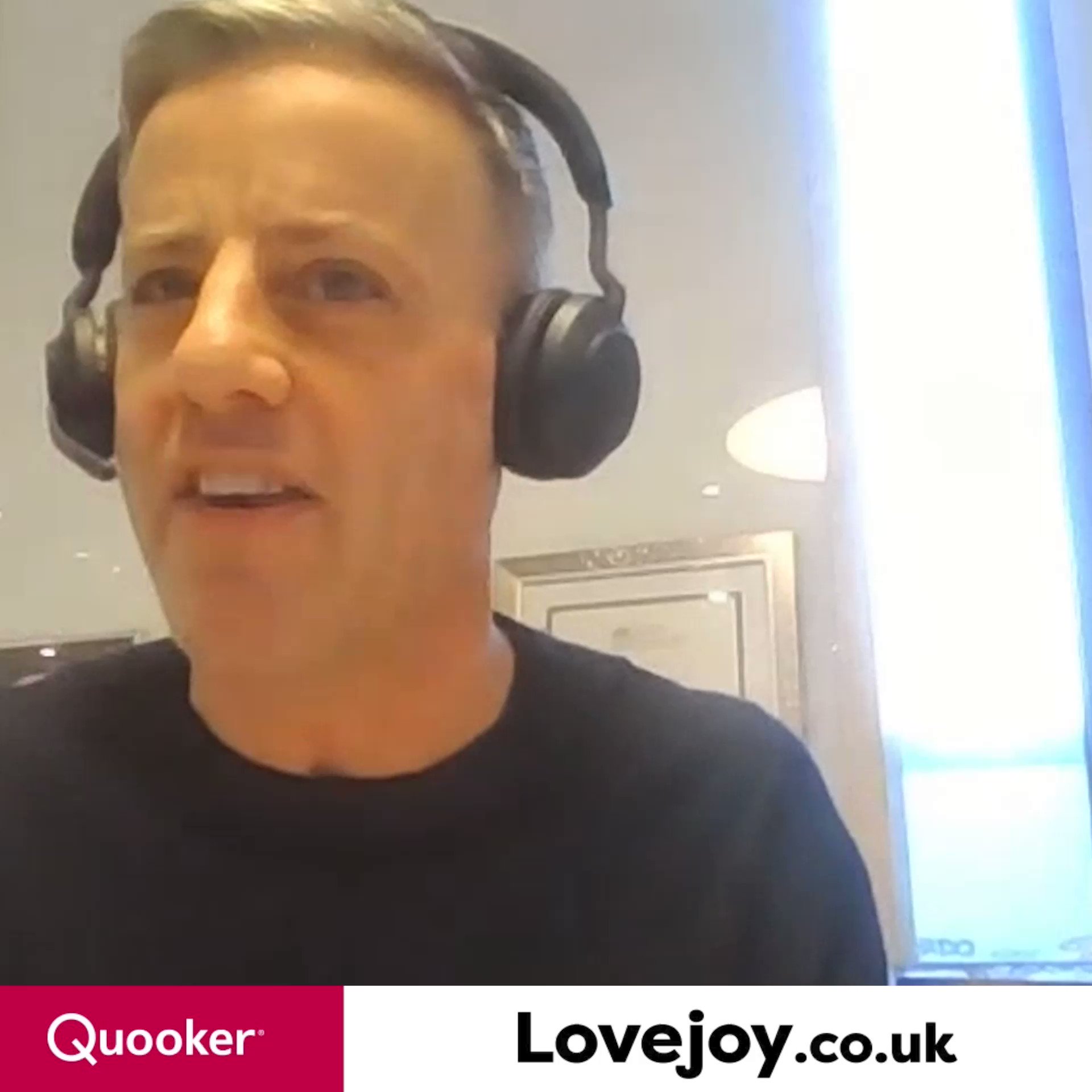When you hear the name Tim Lovejoy, it’s hard not to think about one of the most iconic characters from The Simpsons. But behind the cartoon lies a real story that many fans may not know. Tim Lovejoy, voiced by Harry Shearer, has become a household name in pop culture. However, the journey of this beloved character took an unexpected turn when news broke about brain cancer. This story isn’t just about a fictional character; it’s about hope, strength, and the power of community.
Brain cancer is one of those phrases that stops you in your tracks. It’s something we often hear about but rarely think could happen to someone close to us—or even someone we admire through their work. When rumors started circulating about Tim Lovejoy’s health struggles, fans were left wondering what was real and what was just speculation. This article dives deep into the facts, separating truth from fiction while shedding light on the realities of brain cancer.
As we explore this topic, our goal is to provide accurate information, resources, and a sense of hope for anyone facing similar challenges. Whether you’re a fan of The Simpsons or someone seeking answers about brain cancer, this article aims to educate and empower you. Let’s dive in and uncover the truth behind Tim Lovejoy’s brain cancer story.
- Top Veg Movies That Will Change Your Perspective On Life
- Vegamoviesist 20 The Ultimate Guide To Streaming Movies Like A Pro
Table of Contents
- Introduction
- Biography of Tim Lovejoy
- Understanding Brain Cancer
- Symptoms of Brain Cancer
- Diagnosis Process
- Treatment Options
- Building a Support System
- Prevention and Awareness
- Inspiration from Real Stories
- Conclusion
Biography of Tim Lovejoy
Who Is Tim Lovejoy?
Let’s start with the basics. Tim Lovejoy is a fictional character from The Simpsons, known for his role as the arrogant and self-centered anchor at KBBL News. Voiced by Harry Shearer, Tim’s character has been a staple in the show since its early days. He’s that guy who always seems to have it all together, but deep down, he’s just as flawed as the rest of Springfield’s residents.
But here’s the thing—Tim Lovejoy isn’t just a cartoon. He represents so much more to fans around the world. For many, he’s a reminder that even the most confident people can face unexpected challenges. And when news broke about brain cancer, it hit close to home for a lot of viewers.
Key Facts About Tim Lovejoy
Here’s a quick rundown of some key facts about Tim Lovejoy:
- Catching The Buzz On Katmoviehdfi The Ultimate Streaming Hub
- Mkvmoviespointcom 2024 Your Ultimate Destination For Entertainment
- Full Name: Timothy Arnold Lovejoy Jr.
- Occupation: News Anchor at KBBL
- Known For: Arrogance, rivalry with Kent Brockman, and his signature catchphrases
- Family: Married to Mrs. Lovejoy, with a son named Timothy Lovejoy III
| Fact | Detail |
|---|---|
| Name | Timothy Arnold Lovejoy Jr. |
| Profession | News Anchor |
| Voice Actor | Harry Shearer |
| First Appearance | Season 1, Episode 1 |
Understanding Brain Cancer
What Is Brain Cancer?
Brain cancer is a term that gets thrown around a lot, but what does it really mean? Simply put, brain cancer refers to the abnormal growth of cells in the brain. These cells can form tumors, which can be either benign (non-cancerous) or malignant (cancerous). The brain is one of the most complex organs in the body, so any disruption to its function can have serious consequences.
There are different types of brain cancer, each with its own set of characteristics. Some of the most common include gliomas, meningiomas, and medulloblastomas. Each type requires a unique approach to treatment, which is why early detection and accurate diagnosis are so important.
Causes and Risk Factors
So, what causes brain cancer? The truth is, scientists still don’t know everything about this disease. However, there are certain risk factors that have been identified:
- Age: Brain cancer can occur at any age, but it’s more common in older adults.
- Genetics: Some people may have a genetic predisposition to brain cancer.
- Exposure to Radiation: Previous exposure to radiation, such as from cancer treatments, can increase the risk.
- Environmental Factors: Certain chemicals and pollutants may play a role, though more research is needed.
Symptoms of Brain Cancer
Recognizing the Signs
One of the biggest challenges with brain cancer is that symptoms can vary widely from person to person. Some people may experience headaches, while others may notice changes in vision or speech. Here are some common symptoms to watch out for:
- Persistent headaches
- Seizures
- Nausea or vomiting
- Changes in personality or behavior
- Difficulty with balance or coordination
It’s important to note that these symptoms can also be caused by other conditions, so it’s crucial to consult a healthcare professional if you’re concerned.
Diagnosis Process
How Is Brain Cancer Diagnosed?
Diagnosing brain cancer involves a combination of tests and evaluations. Here’s a breakdown of the typical process:
- Physical Exam: A doctor will perform a thorough examination to assess symptoms.
- Imaging Tests: MRI or CT scans are often used to get a detailed look at the brain.
- Biopsy: In some cases, a small sample of tissue may be taken for further analysis.
Each step of the diagnosis process is critical in determining the best course of treatment. It’s also where trust in healthcare professionals becomes essential.
Treatment Options
Exploring Treatment Paths
Treatment for brain cancer depends on several factors, including the type and stage of the tumor. Here are some common treatment options:
- Surgery: Removing the tumor is often the first step in treatment.
- Radiation Therapy: High-energy beams are used to target and destroy cancer cells.
- Chemotherapy: Drugs are administered to kill or shrink the tumor.
- Targeted Therapy: This approach focuses on specific molecules involved in tumor growth.
It’s worth noting that treatment plans are highly personalized, and what works for one person may not work for another.
Building a Support System
Why Support Matters
Facing a diagnosis of brain cancer can feel overwhelming, but you don’t have to go through it alone. Building a strong support system is key to navigating this journey. Whether it’s family, friends, or support groups, having people around you who understand what you’re going through can make all the difference.
There are also online communities and resources available for those affected by brain cancer. These platforms offer a safe space to share experiences, ask questions, and find comfort in knowing you’re not alone.
Prevention and Awareness
Raising Awareness
While there’s no guaranteed way to prevent brain cancer, raising awareness can help catch it early. Regular check-ups, staying informed about symptoms, and reducing exposure to known risk factors are all steps in the right direction.
Organizations like the American Brain Tumor Association and the Brain Tumor Foundation are doing incredible work to fund research and support those affected by brain cancer. By supporting these groups, we can help make a difference in the fight against this disease.
Inspiration from Real Stories
Stories of Hope
Throughout history, there have been countless stories of people who have faced brain cancer with incredible courage and resilience. These stories remind us that even in the face of adversity, there’s always hope.
One such story is that of a young woman named Emily, who was diagnosed with a glioblastoma at the age of 25. Despite the odds, Emily underwent surgery, radiation, and chemotherapy, all while maintaining a positive outlook. Her journey inspired countless others, proving that strength can come from even the darkest places.
Conclusion
Tim Lovejoy’s brain cancer story is more than just a fictional narrative—it’s a reminder of the challenges and triumphs that come with facing such a diagnosis. By understanding the facts, recognizing symptoms, and building a strong support system, we can better equip ourselves and our loved ones to navigate this journey.
If you’ve been touched by brain cancer, whether personally or through someone you know, consider sharing your story. Your experience could inspire others and contribute to a greater understanding of this disease. Together, we can make a difference in the fight against brain cancer.
And hey, don’t forget to leave a comment or share this article with someone who might benefit from it. The more we talk about these topics, the more awareness we can create. So let’s keep the conversation going!



